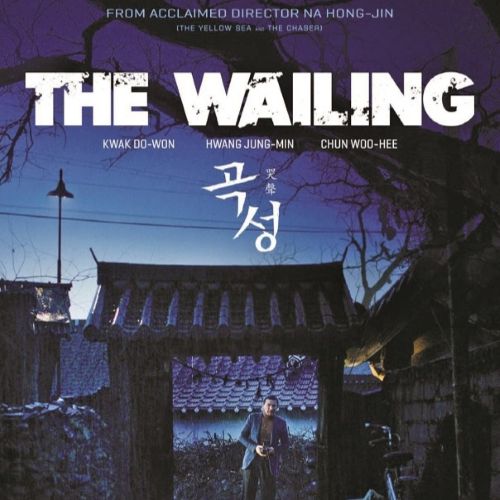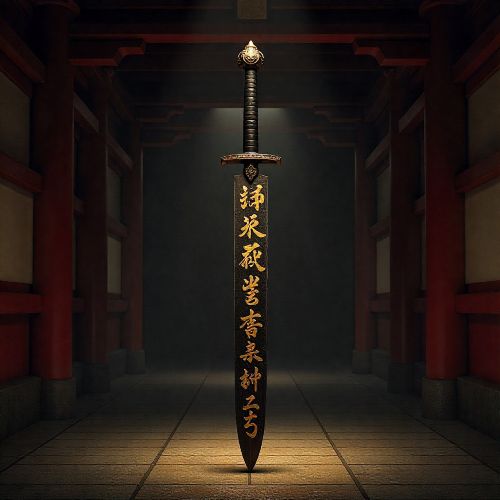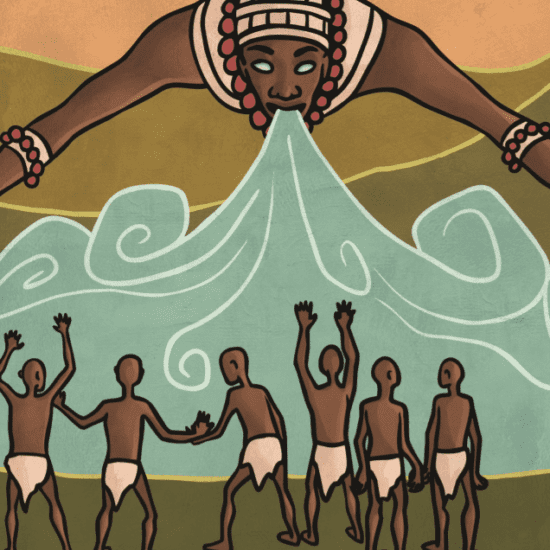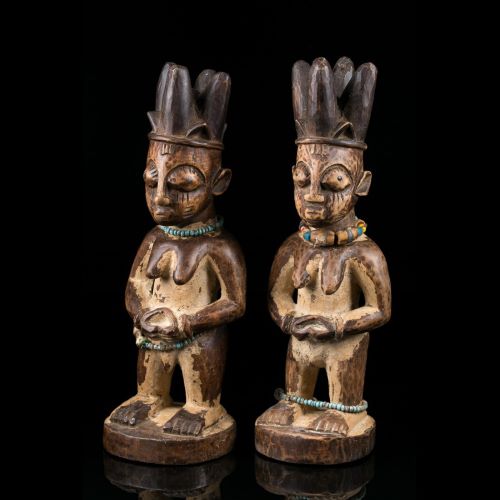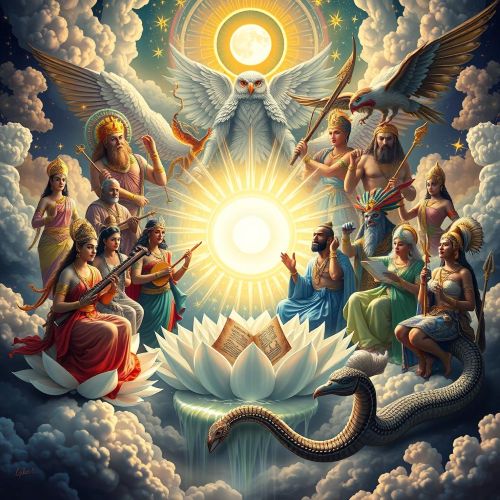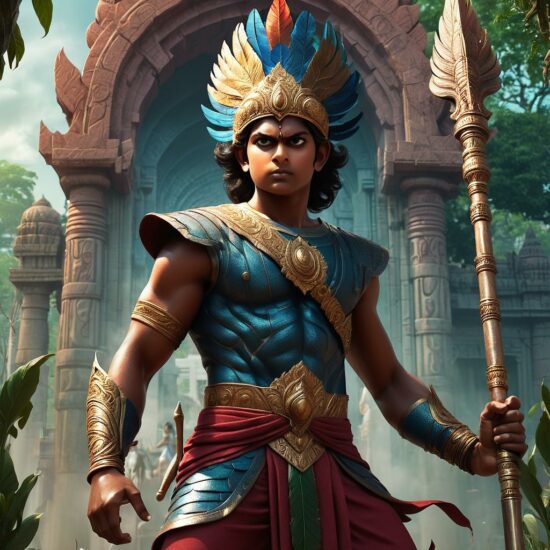Yoruba and Indian Gods: Surprising Parallels in Mythology
Introduction
The mythologies of ancient cultures are more than just stories—they’re powerful systems of belief that shape civilizations. Among these, Yoruba mythology from West Africa and Indian mythology from South Asia stand out for their complexity and spiritual depth. Though separated by vast geography and cultural context, both traditions reveal astonishing similarities in their deities, cosmology, and philosophies.
As global interest in comparative mythology grows, exploring the Yoruba belief system alongside Indian mythology helps us appreciate humanity’s shared spiritual heritage.
Cosmic Cycles and Rebirth
One of the most striking similarities between Yoruba and Indian mythology is the concept of cosmic cycles and reincarnation.
In Yoruba belief, the Orun (heaven) and Aiye (earth) are interconnected. Souls pass through these realms repeatedly, learning lessons and fulfilling destinies. This mirrors the Indian concept of samsara, the endless cycle of birth, death, and rebirth, where karma plays a pivotal role in determining one’s next life.
Both traditions emphasize spiritual evolution—that the soul is on a journey through multiple lifetimes to attain ultimate unity with the divine.
Pantheon of Deities
Yoruba and Indian mythologies are polytheistic, boasting a large and complex pantheon of gods and goddesses, each with specific powers, attributes, and domains.
-
Orisha in Yoruba belief are divine beings who act as intermediaries between humans and the supreme god Olodumare.
-
In Indian mythology, gods like Vishnu, Shiva, and Devi embody cosmic principles and interact directly with mortals.
Some notable parallels include:
-
Shango (Yoruba) and Indra (Indian): Both are storm gods who wield thunder and rule over power and leadership.
-
Oshun (Yoruba) and Lakshmi (Indian): Goddesses of love, beauty, wealth, and fertility, often associated with rivers and water.
-
Esu (Yoruba) and Krishna (Indian): Trickster deities with deep wisdom who mediate between divine and human realms.
This overlap hints at a shared archetypal structure within human consciousness across cultures.
The Supreme God Concept
Despite having many deities, both Yoruba and Indian systems recognize a supreme divine source.
-
In Yoruba mythology, Olodumare is the creator, all-knowing and omnipotent but mostly distant from daily affairs.
-
Similarly, in Indian Vedantic philosophy, Brahman is the formless, infinite source from which all deities emanate.
This concept of a non-anthropomorphic divine essence shows that both mythologies integrate monotheistic ideas within a polytheistic framework—a rare but meaningful philosophical approach.
Rituals, Dance, and Devotion
Another major similarity lies in ritual practices and spiritual performances.
-
In Yoruba culture, dance, drumming, and trance play a vital role in communicating with Orishas during festivals and ceremonies.
-
Indian mythology also celebrates gods through classical dance forms like Bharatanatyam and Kathakali, which depict divine stories through symbolic gestures and rhythms.
These ritual expressions are more than art—they are acts of devotion and transcendence, helping individuals commune with the divine.
Astrology and Divination
Both cultures developed sophisticated divination systems to understand destiny and spiritual guidance.
-
The Yoruba use Ifá divination, performed by Babalawos (priests) who interpret odu signs cast with palm nuts.
-
In Indian tradition, Jyotish (Vedic astrology) offers insights into past karma, personality, and future life events using planetary positions.
These tools emphasize the role of destiny, divine will, and personal responsibility, encouraging seekers to align with cosmic order.
Moral Philosophy and Dharma
Both mythologies are not just religious stories—they offer a moral framework.
-
Yoruba mythology stresses iwa pele, or good character, as a key to living in harmony with the Orishas and the world.
-
Indian mythology emphasizes dharma, the righteous path or duty aligned with universal law.
These ethical systems focus on balance, harmony, and righteousness, guiding individuals on their spiritual journey and societal roles.
Universal Archetypes and Shared Wisdom
The presence of tricksters, warrior gods, creator deities, divine consorts, and cosmic battles in both Yoruba and Indian mythologies points to shared archetypes—patterns of belief and storytelling rooted in the collective unconscious.
These similarities may stem from ancient cultural exchanges or reflect the universal questions humanity asks: Who created us? What is our purpose? How do we live rightly?
Conclusion
While Yoruba and Indian cultures developed independently, their mythologies reflect deeply universal themes—birth and death, divine justice, cosmic balance, and human transformation. Through gods, symbols, and sacred narratives, both traditions speak a common spiritual language that transcends geography.
In a world growing increasingly interconnected, recognizing the mythological bridges between Yoruba and Indian traditions allows us to celebrate the diversity and unity of human spirituality.
No posts were found.



